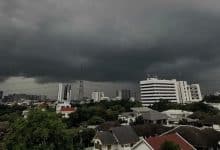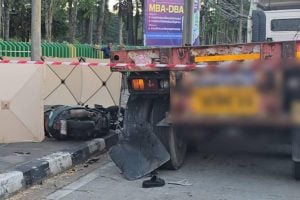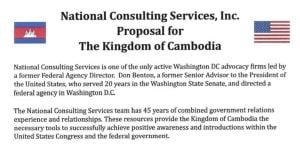7 ways to flood-proof your home during Thailand’s storm season
Elevate, seal, and slope, here are a few secrets to keeping water out of your home
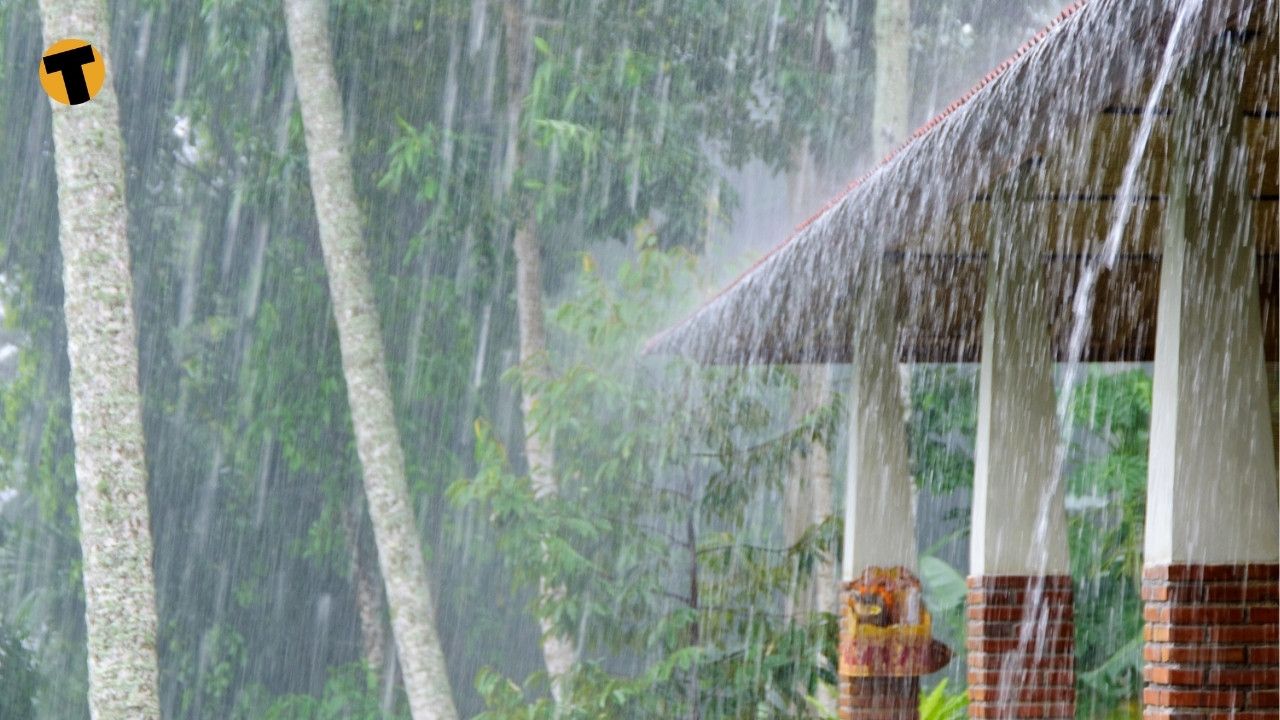
The Thaiger key takeaways
- Flood defence hinges on elevating the home or sealing all foundational cracks and utility entrances to stop water intrusion.
- Install non-return check valves to block sewage backflow and to elevate all electrical utilities for both safety and post-flood recovery.
- Comprehensive home insurance covering flood damage is the essential final step, providing the necessary financial safeguard and peace of mind.
Living in Thailand has its perks, but come storm season, those tropical vibes can quickly turn into tropical trouble. Each year, from around May to October, monsoon rains lash across the country, triggering flash floods, waterlogged streets, and rising riverbanks.
In cities like Bangkok, Chiang Mai, and Pattaya, it’s not uncommon to find yourself wading through ankle- or even waist-deep water during heavy rains.
And while the government has taken steps to mitigate the damage, many drainage systems simply can’t handle the volume, especially in low-lying urban areas. So, no matter if you own or rent, taking proactive steps to flood-proof your home isn’t just smart, it’s essential for the rainy season.
Here are seven methods to help you keep your home safe, dry, and resilient during Thailand’s stormy months, plus how AA Insurance Brokers, one of Thailand’s most trusted, expat-friendly, fully-licensed insurance brokers, can help you protect everything inside.
On this page
| Section | Summary |
|---|---|
| Elevate your home, borrow from tradition or go high-tech | Raising your home, whether on stilts or through a higher foundation, remains the most effective way to protect against flooding in Thailand’s monsoon season. |
| Seal it tight | Inspect walls, floors, and pipe joints for leaks. Use sealants, coatings, or epoxy to block cracks and prevent floodwater and pests from entering your home. |
| Rethink your yard | Ensure water drains away from your home by grading your land and using permeable pavements that absorb rainfall instead of trapping it. |
| Block the backflow | Install non-return check valves to stop dirty floodwater from backing up through drains or toilets during heavy rainfall. |
| Keep utilities high and dry | Raise electrical outlets, air-conditioning units, and backup systems above flood level to avoid water damage and ensure faster recovery after storms. |
| Barrier up | Use sandbags, quick dams, or modular barriers to create temporary flood defences. Combine with sealing and drainage for maximum protection. |
| Insure smart with AA Insurance Brokers | AA Insurance Brokers offers flexible coverage for floods, fires, theft, and more, helping expats protect their homes with trusted, nationwide support. |
| So, should you stay insured? | Floods are an annual reality in Thailand. Combine smart prevention with reliable insurance like AA’s to protect your property and peace of mind. |
1. Elevate your home, borrow from tradition or go high-tech

Let’s start with what works best: elevation.
In many parts of Thailand, especially rural areas, traditional Thai homes are built on stilts. It’s a tried-and-true design that keeps homes above floodwater. These homes use hardwood posts, bamboo slats, and lightweight materials that allow water to flow beneath without damaging the structure.
For modern concrete or brick homes, elevation is still possible, but it’s going to cost you. Depending on the design of your home, you may need to elevate and extend its foundation.
Costs may approach a million baht, but for flood-prone areas like Bangkok or Pathum Thani, it can prove to be a worthwhile long-term solution that also guards against land subsidence and rising sea levels.
2. Seal it tight
Floodwater doesn’t always come through the front door; it often creeps in through micro-cracks in your walls, foundation, and around utility pipes.
Start with a thorough inspection, especially at ground level. If you notice musty smells, peeling paint near the floor, or tiny wall fractures, it’s time to act.
Use cementitious sealants or bituminous coatings, both widely available in Thailand. These materials can resist hydrostatic pressure and keep water out even when the ground outside is saturated. For more serious cracks, you might need epoxy injections, a professional method of sealing and strengthening concrete.
Don’t overlook sealing around pipes, utility lines, and windows, where water and even snakes and insects can find their way in. A properly sealed home reduces flood damage and keeps your indoor air quality healthy long-term.
3. Rethink your yard

One of the best ways to keep water out of your home is to ensure it never pools there in the first place.
That starts with land grading. The general rule is simple: the ground should slope away from your home at a ratio of 1 inch per foot for at least 2 to 3 metres. This encourages runoff to move away from your walls and foundation.
If you live in a townhouse or urban home where space is limited, take a look at your driveways and walkways. Many are made with solid concrete, which prevents water from draining properly. Swap these out for permeable paving, such as:
- Permeable Interlocking Concrete Pavers (PICP): This allows rainwater to seep through and drain into the soil.
- Plastic Grid Pavers: Support grass or gravel, keeping surfaces drivable while letting water pass through.
These systems are generally available in Thailand and have been shown to reduce surface runoff by up to 98% in some cases. Think of them as an eco-friendly upgrade that works for both aesthetics and flood control.
4. Block the backflow
Even if floodwaters don’t reach your front door, water can back up through bathroom drains, creating a serious sanitation hazard.
During storms, overwhelmed municipal systems can push contaminated water backwards into your home through floor drains or toilets. In that case, you’re not just mopping up rainwater; you’re dealing with raw sewage.
Install non-return check valves in your sewer and stormwater lines. These valves automatically shut when water tries to flow backwards, protecting your home from toxic contaminants. They’re maintenance-free, require no electricity, and can be installed in less than an hour by a professional.
For the relatively low cost, this upgrade is one of the highest returns on safety investment during the monsoon season.
5. Keep utilities high and dry

Electricity and water are always a dangerous mix. That’s why keeping your utilities elevated is key for both safety and recovery. Start with these key areas:
- Raise electrical sockets and breakers: Many Thai homes have sockets installed just 30cm above the floor. Experts recommend relocating them to at least 120cm above ground level.
- Protect your A/C condensers and pumps: Use concrete platforms or steel brackets to elevate external units. Make sure they’re tightly anchored so they don’t float or shift.
- Backup power: Power cuts are common during floods. Having a small generator or solar backup system can keep essential appliances running, especially sump pumps, lights, and chargers.
Safeguarding these electrical systems helps minimise flood damage and significantly speeds up post-storm recovery.
6. Barrier up
Permanent solutions are great, but what if floodwaters are on your doorstep today? That’s when quick-deploy barriers act as your first line of defence.
Traditional sandbags:
- Still effective, but only when used properly.
- Fill them ⅔ full so they mould to the surface.
- Stack them in a staggered, brick-like pattern and tamp them down with your foot.
- Add plastic sheeting between layers for improved watertightness.

Water-activated quick dams:
- Lightweight, expand on contact with water.
- Easy to store and deploy without a mess.
- Not ideal for saltwater, but perfect for flash floods.
Modular aluminium barriers:
- Custom-fitted to doors and gates.
- Quick to install and reusable for years.
- Great long-term investment for homes in high-risk zones.
Combine these with proper wall sealing for the best results. Remember: barriers are only effective if water isn’t coming up through the ground, which is why point #2 is so important.
7. Insure smart with AA Insurance Brokers
Even the most flood-proof home can still suffer damage. For moments when prevention isn’t enough, the right home insurance makes all the difference, and this is where AA Insurance Brokers shines.
Supporting over half a million expats in Thailand for over 20 years, AA Insurance Brokers offers flexible home insurance plans that go beyond the basics, giving you real protection when storms strike.
What does AA’s home insurance cover?
Named Perils Home Insurance (affordable and popular) includes:
- Flood and storm damage
- Fire, lightning, and water leakage
- Burglary and armed robbery
- Temporary accommodation if your home becomes unlivable
- Repair costs after break-ins
- Electrical short circuit damage
- Plate glass breakage
- Third-party liability
All-Risks Home Insurance includes everything above, plus:
- Accidental damage
- Nationwide liability coverage
- More flexible claims and coverage options
AA Insurance Brokers operates nationwide, with a local presence in Bangkok, Pattaya, Phuket, Hua Hin, and Samut Prakan, so you’re never far from someone who understands both your needs and your language. Their multilingual team offers support in English, Thai, German, Dutch, and French.
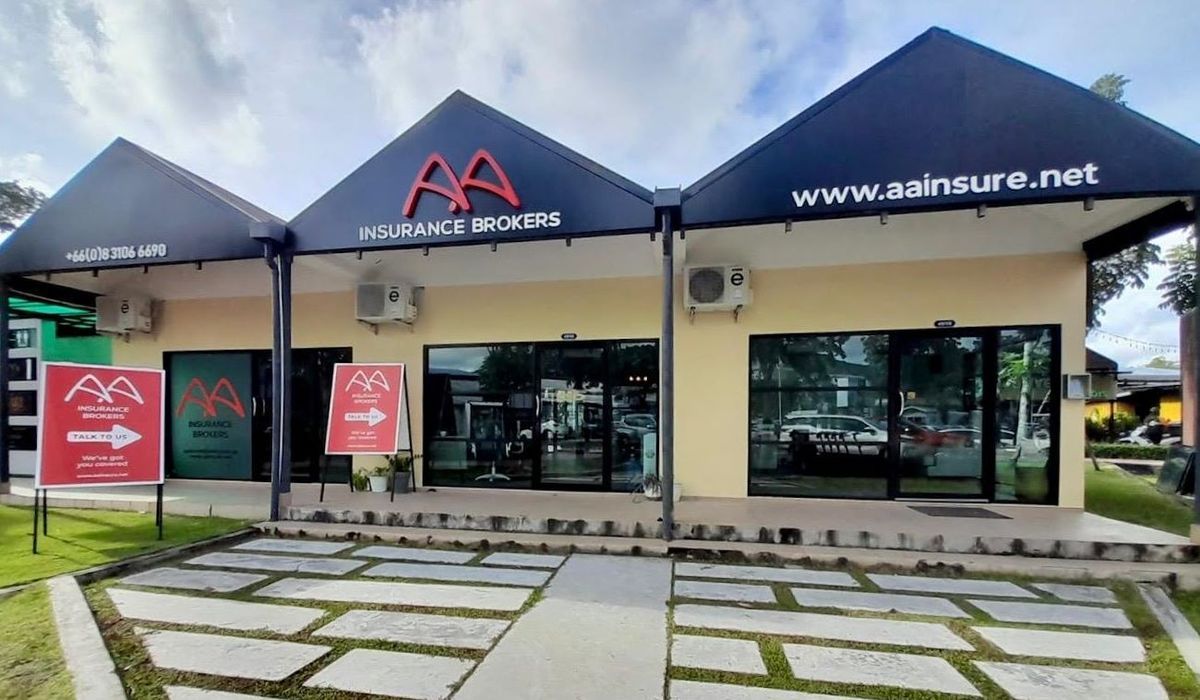
Operating with the motto, “If it can be insured, we will insure it!”, AA Insurance Brokers was recognised as the No. 1 Broker for Individual Business in 2024 by APRIL Thailand and honoured by AXA, Chubb, AIG, MSIG, and many more of Thailand’s top insurance companies, making them the go-to provider for expats.
Flooding, fires, and theft don’t wait for a good time to strike, so being prepared with proper insurance is essential.
So, should you stay insured?
Floods in Thailand aren’t just a “maybe,” they’re more of a yearly reality. The upside is, there’s a lot you can do to stay protected.
By combining traditional wisdom, modern engineering, and smart preparation, you can reduce the risk to your property, your health, and your wallet. Whether you live in a condo, a townhouse, or a detached home, there’s a flood-proofing solution that fits your budget and situation.
Just don’t forget the final and most critical step: get covered by a reliable insurer who understands expat needs. That’s why thousands trust AA Insurance Brokers, not just for policies, but for peace of mind.
For a personalised quote or free consultation:
- Call: +66 (0)2 821 6263
- Email: welcome@aainsure.net
- Website: https://www.aainsure.net/thai-insurance-tgm20251016.html
- Visit them in Bangkok, Pattaya, Phuket, Hua Hin, or Samut Prakan
Sponsored
Latest Thailand News
Follow The Thaiger on Google News:
